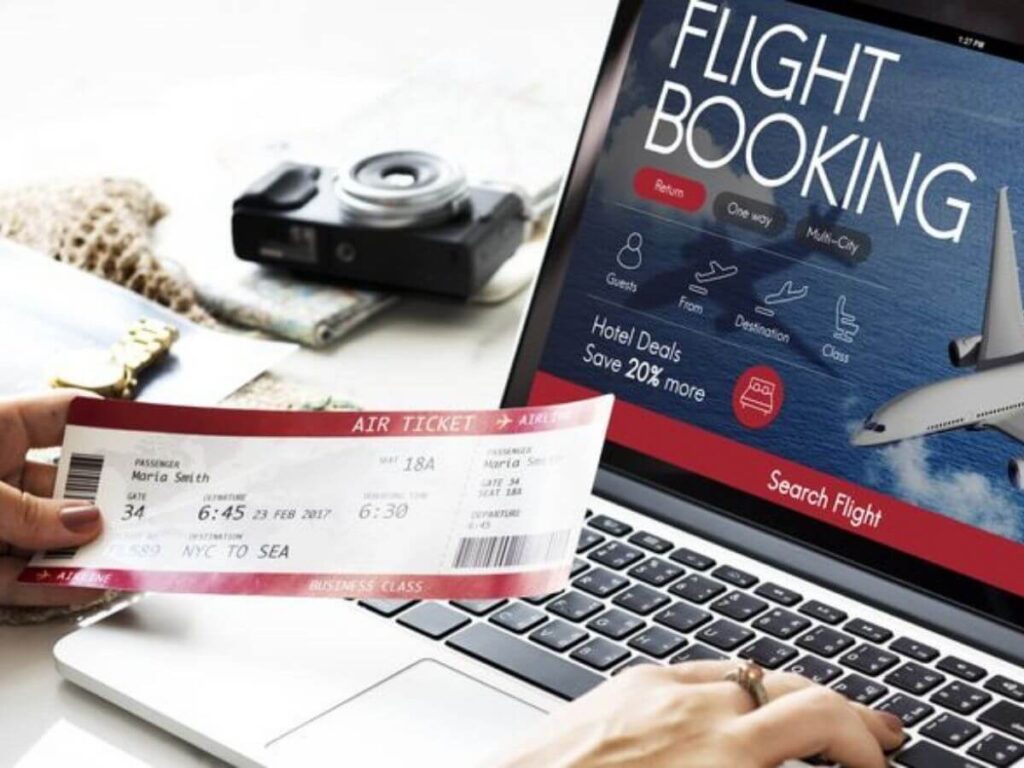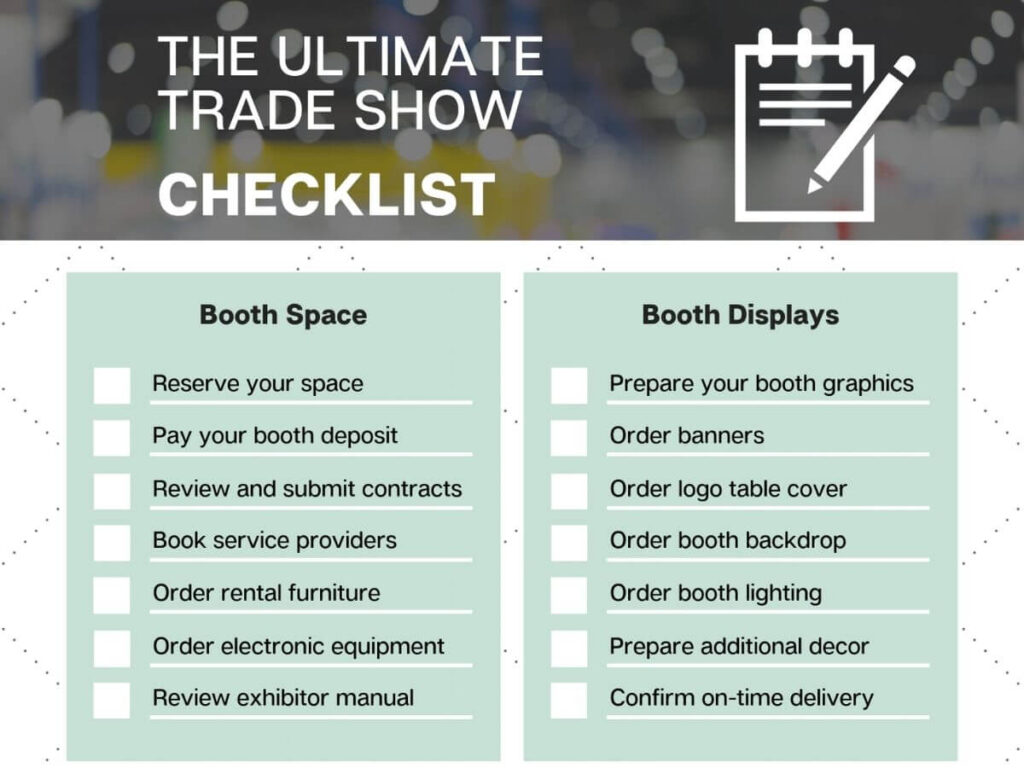The first time I attended Salon International, I had no idea where to start. I wasted hours wandering before I figured out how to make the most of it.
A trade show can either be an opportunity or a distraction. It depends on how well you plan.
After years of attending, I’ve tested different strategies and learned how to make the event work for business owners, distributors, and retailers.
This article will walk you through each step, from preparation to post-event follow-ups. You’ll leave with a clear plan that fits your business goals.
Trade shows are an investment. Let’s make yours count.
So let’s start!
1. Preparing for the Event
Attending Salon International without preparation can lead to missed opportunities and wasted time. To make the most of the event, you need a clear strategy. With the right preparation, you’ll walk in confident and ready to maximize every interaction.
Event Details
- Venue: London, United Kingdom (ExCeL Exhibition Centre)
- Dates: October 11-13, 2025
- Official Website: https://hji.co.uk/salon-international
Setting Clear Goals for the Event
The first time I attended a trade show, I went in thinking I could just explore and figure things out along the way. By the end of the day, I had collected brochures, had casual conversations, and walked through countless booths—but I left without anything truly valuable. I realized I had no clear objective.
How to Set Goals: Before attending Salon International, define exactly what you want to achieve. Your goals will shape how you spend your time and which exhibitors you prioritize. Some common objectives include:
- Finding New Suppliers: Identify manufacturers that fit your product needs.
- Exploring Market Trends: Discover the latest innovations and upcoming product launches.
- Building Business Relationships: Connect with distributors, retailers, and potential partners.
- Comparing Products and Prices: Assess different offerings to make informed purchasing decisions.
Preparing a List of Questions
Many business owners attend trade shows but leave with generic sales pitches instead of valuable insights. Early on, I made the mistake of listening to exhibitors rather than leading the conversation. The best way to get useful information is by preparing key questions in advance.
What to Ask Exhibitors:If your goal is finding a new supplier, ask:
- What are your lead times for orders?
- Do you offer private labeling or customization?
- What are your minimum order quantities and pricing structures?
If you’re focused on building partnerships, ask:
- What type of businesses do you typically work with?
- What support do you provide to distributors or retailers?
- How do you handle logistics and shipping?

2. Planning Travel and Accommodation
Attending Salon International is a business investment, and planning your travel and stay properly maintain a smooth experience. Poor planning can lead to high costs, long commutes, and unnecessary stress.
Choosing the Best Travel Options
I once booked a flight for a trade show without checking for alternative airports or routes. I ended up paying more and arriving later than expected. Since then, I always compare options before finalizing my travel.
How to Plan Your Travel:
- Book Early for the Best Rates – Flights and trains get expensive closer to the event date. Secure your tickets early to get better deals.
- Consider Alternative Airports or Train Stations – If flights to the main airport are costly, check nearby airports with train or shuttle connections. Sometimes, a short train ride saves money.
- Check Public Transport Routes – If you’re staying outside the city center, make sure there’s easy access to the venue via train, metro, or shuttle services.
Selecting the Right Accommodation
I’ve made the mistake of booking a hotel purely based on price, only to realize later that it was too far from the venue. The daily commute wasted valuable time and energy.
How to Choose Accommodation Wisely:
- Proximity to the Venue Matters – A hotel within walking distance or a short metro ride from the event will save you time and transportation costs.
- Book Early for Better Choices – Hotels near trade show venues fill up fast. Early booking gives you access to the best locations at reasonable rates.
- Look for Business-Friendly Amenities – Free Wi-Fi, meeting rooms, and early breakfast options are useful for professionals attending events.
- Check Cancellation Policies – In case of unexpected changes, flexible booking options can help avoid unnecessary fees.

3. Packing Essentials for the Event
Bringing the right items can make your experience at Salon International more efficient and stress-free. Forgetting key essentials can lead to missed opportunities or unnecessary hassles. Here are the must-have items to pack for a successful trip:
Business and Networking Essentials
- Business Cards – Bring more than you think you’ll need. It’s better to have extras than to run out.
- Digital Contact Sharing App – QR code-based apps help you exchange details quickly when cards run low.
- Notepad and Pen – Jotting down key points during meetings helps you remember details for follow-ups.
- Portfolio or Product Brochures – If you’re showcasing your brand, having printed materials makes a difference.
Comfort and Personal Care Items
- Comfortable Shoes – Trade show floors are massive. Avoid sore feet by wearing supportive footwear.
- Water Bottle – Staying hydrated keeps you energized throughout the day.
- Snacks – Quick, healthy snacks help you stay focused between meetings.
- Breath Mints/Gum – You’ll be talking all day, so fresh breath is essential.
- Hand Sanitizer/Wipes – Trade shows mean a lot of handshakes, and hygiene is important.

4. Navigating the Event Like a Pro
With hundreds of exhibitors, networking opportunities, and industry insights into the event, knowing how to move efficiently through the event is key. Here’s how to maximize your time and make the most of every interaction:
Mapping Out Your Day in Advance
- Review the Floor Plan – Most trade shows provide digital maps. Identify the key booths you want to visit.
- Prioritize Exhibitors by Business Goals – Visit high-priority booths early before crowds build up.
- Schedule Meetings in Advance – Pre-arrange discussions with suppliers and industry contacts to secure their time.
- Plan Breaks Strategically – Trade shows can be exhausting. Short breaks help maintain energy and focus.
Making the Most of Networking Opportunities
- Have a Quick Introduction Ready – Be clear about who you are and what you do. A strong first impression matters.
- Engage in Panel Discussions and Workshops – These smaller sessions are great for direct interactions with industry leaders.
- Take Notes After Conversations – Write down key details about the people you meet to personalize follow-ups.
- Follow Up Promptly – A short email or message within a few days keeps the connection alive.
Building strong relationships at the event can lead to partnerships that last beyond the show.
5. Attending Key Workshops and Exhibits
I joined sessions that sounded interesting but weren’t directly relevant to my business. I walked away with knowledge, but not much I could apply. Now, I carefully select workshops based on business goals. Here’s how to make the most of them:
Selecting the Right Workshops for Your Business
- Focus on Your Industry Needs – Select sessions covering new regulations, market trends, or innovations that impact your business.
- Check Speaker Credentials – Industry leaders and experts provide deeper insights than general presenters.
- Prioritize Interactive Sessions – Hands-on workshops or Q&A panels allow for direct engagement with experts.
- Balance Learning and Networking – Don’t overload your schedule with workshops—leave time for networking and exhibits.
Attending targeted sessions helps you gain relevant insights that can drive business growth.
Maximizing Your Time at Exhibitor Booths
- Identify Must-See Exhibitors in Advance – Review the exhibitor list and highlight those that align with your business needs.
- Plan Your Route Based on Booth Locations – Trade shows are large, so minimize unnecessary walking by organizing visits by section.
- Ask the Right Questions – Instead of just collecting brochures, engage with exhibitors by asking about production capabilities, pricing, and customization options.
- Request Live Demonstrations – Seeing a product in action can provide insights that brochures or websites don’t.

6. Maximizing Business Opportunities
Early in my trade show experiences, I focused too much on collecting business cards instead of having meaningful conversations. I later realized that real opportunities come from building genuine connections, not just exchanging contact details. Here’s how to turn your time at the event into real business growth:
Building Strong Connections with Key Industry Players
- Be Intentional with Conversations – Approach industry leaders, suppliers, and potential partners with a clear purpose.
- Engage in Industry Events and Gatherings – Many exhibitors host networking sessions—these are perfect for informal business discussions.
- Ask About Collaboration Opportunities – Instead of just learning about a company, ask how you can work together.
- Follow Up Promptly – Within a few days after the event, send a message or email referencing your conversation.
Networking with the right people can open doors to future partnerships and business deals.
Identifying New Business Opportunities
- Look for Gaps in Your Current Supply Chain – If a supplier offers better pricing, faster delivery, or improved quality, it might be worth considering.
- Assess Market Demand for New Products – Some exhibitors showcase innovations that can give you a competitive edge.
- Compare Offers from Multiple Suppliers – Don’t commit to the first good deal—evaluate options before making a decision.
- Consider Long-Term Benefits Over Short-Term Gains – A good deal isn’t just about price; reliability and scalability matter too.
Strategic evaluation helps you choose the best opportunities for long-term business success.
Turning Insights into Actionable Strategies
- Organize Business Cards and Contact Info – Add notes about conversations to personalize follow-ups.
- Summarize Key Takeaways for Your Team – Share important insights and potential strategies with your business partners or staff.
- Prioritize Follow-Ups Based on Potential Impact – Reach out first to contacts who align best with your business goals.
- Schedule Post-Event Meetings – Continue discussions with potential suppliers, partners, or distributors to move forward with opportunities.

7. Smart Strategies For A Successful Visit
To make the most of your time, you need to stay organized, focused, and adaptable. These strategies will help you maximize productivity, avoid common mistakes, and turn your visit into a valuable business experience.
- Start with High-Priority Exhibitors – Visit key suppliers and partners early in the day before crowds build up.
- Balance Meetings and Exploration – Pre-scheduled meetings are important, but leave room to discover new opportunities.
- Use the Event App or Planner – Many trade shows provide digital tools to help manage schedules and set reminders.
- Plan Breaks to Stay Energized – Avoid burnout by scheduling short rest periods between meetings.
- Ask Meaningful Questions – Go beyond sales pitches by discussing supply chain flexibility, pricing models, and industry trends.
- Take Quick Notes After Conversations – Jot down key points from each discussion to make follow-ups more effective.

Conclusion
Attending event like this isn’t just about showing up—it’s about having a plan, making meaningful connections, and turning what you learn into real business opportunities.
Now, it’s up to you. How will you make this event work for your business?
Let’s connect and explore new opportunities—contact us today!
Explore More Helpful Resources
If you’re looking for more insights, we’ve put together a list of helpful articles that you might enjoy:
Still haven’t found what you’re looking for? Don’t hesitate to contact us. We’re available around the clock to assist you.







